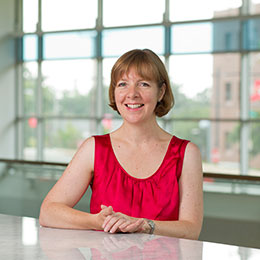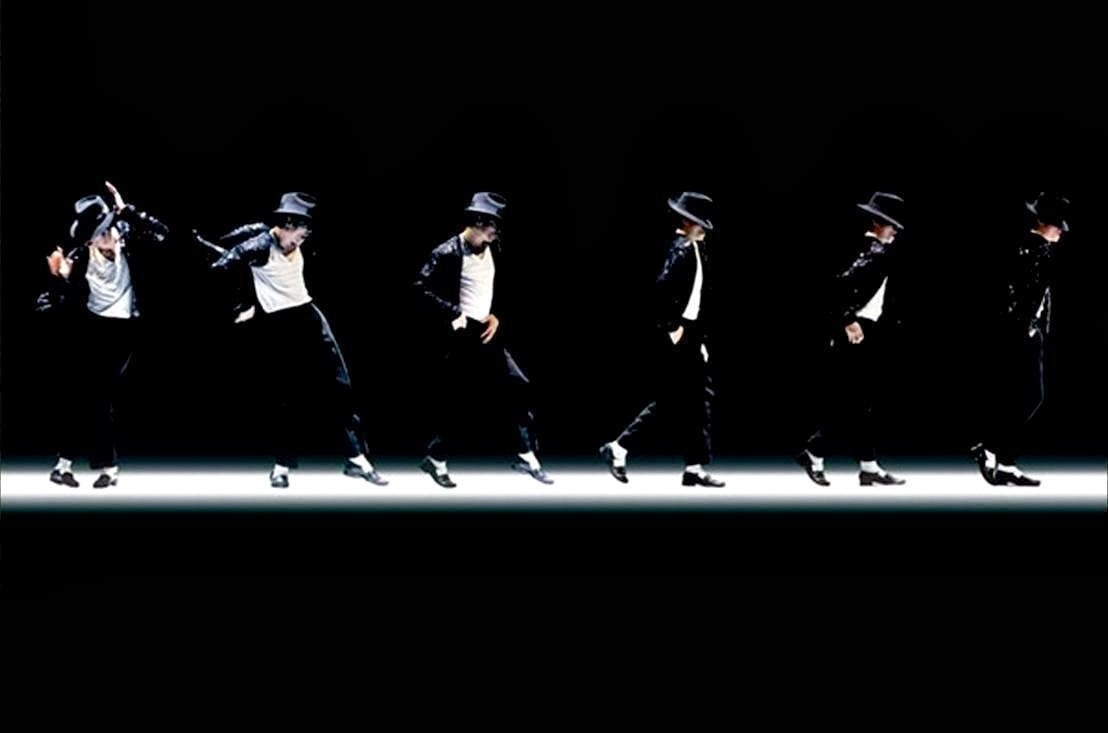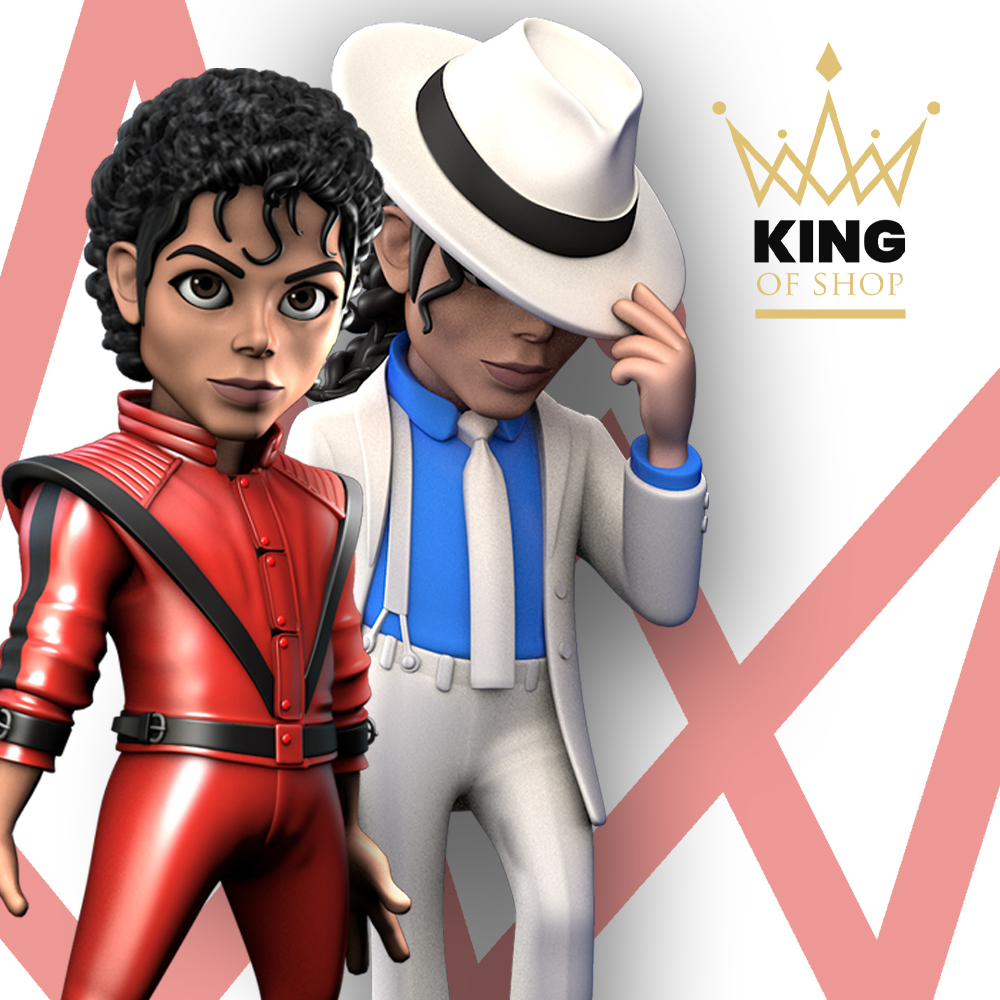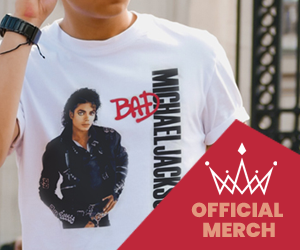
Dr. Sherril Dodds, professor of dance at Temple University, has written a number of groundbreaking studies on the facial choreographies of dance performance, focusing on anywhere from heavy metal concerts to neo-burlesque striptease. The Thursday before fall break, Swarthmore welcomed her for a presentation of her research on “The Critical Choreographies of Michael Jackson’s Face.” As students and faculty filtered into LPAC cinema for the talk, Dodds encouraged them to sit close to the front of the auditorium, creating a comfortable environment for discussion.
Swarthmore Professor Pallabi Chakravorty invited Dodds to discuss her research and introduced her at the beginning of the talk. This semester, Chakravorty is teaching an interdisciplinary class titled “Dance and Diaspora,” which focuses on dance in relation to migration and social mobility. Looking closely at the intersections of performance, personhood, gender, and migration, Chakravorty’s course uses the same critical lens of dance studies that Dodds used throughout her talk.
“We had already read and discussed the global circulation of popular culture, such as rap, hip hop, salsa, and Michael Jackson’s pivotal role as a global icon,” explained Chakravorty. “Also, as a class, we are now looking at the dancing body and theories of emotion. Professor Dodd’s focus on the facial choreography of Michael Jackson’s expressions was relevant to the class readings.”
“Please raise your hand if you are a dancer,” Dodds asked after greeting the audience.
A large number of students raised their hands, but not everyone. Dodds accounted for this result, making her discussion of “critical choreographies” accessible to students unfamiliar with dance studies. She contextualized her topic within the background of dance scholarship. Dodds stressed that dance studies is a relatively new discipline that developed in the early 1980s, and popular dance studies, where her research on Jackson sits, is newer still.
“For the first few decades of the discipline, it focused entirely on nineteenth and twentieth century ballet, and twentieth century modern dance,” Dodds explained. “What we really saw was a hierarchy in that it privileged the dance on the concert stage. It is only in the late nineties and early twenty-first century that we see an interest in popular and social forms of dance. This scholarship really took culture as its focus … ‘How is this dance meaningful in terms of its larger, broader cultural context?’”
Dodds’ research and discussion drew particular attention to the face and head, another focus that can be contextualized within the larger discipline of dance studies. The face and head are distinctly important in ballet, where the orientation of the head is linked to renaissance ideals at the core of the dance. The head must float and draw the dancer to the heavens. Modern dance shifts away from these ideals, incorporating a desire to work with gravity and use of the whole body. As a result, dance studies shifted how it analyses dance practice to include the whole body.
“One of the things I’m seeking to argue in my research is that in spite of this lack of interest now in what’s going on with the head and face, the face is not only important in everyday life, but it’s also very important in dance as a key expressive component,” explained Dodds. “So this is how I came to discuss the face in a variety of dance styles.”
The department of music and dance organized the event, yet individuals of various backgrounds joined Dodds for the talk — which may have had something to do with Michael Jackson’s fame and notoriety. Having passed away just seven years ago in 2009, Jackson’s status as a cultural icon remains as prominent as ever. One needs look no further than today’s rap and hip-hop, where his name and legacy continue to be referenced.
“Can you raise your hand if you know who Michael Jackson is?” Dodds asked the audience. “Ok … I think that’s just about everyone.”
Given Jackson’s fame, Chakravorty expected a large turnout, and thus reserved the LPAC cinema. She was pleased to see new and familiar faces in the auditorium.
“I’m a HUGE MJ fan,” said Desta Pulley ’17, who attended the talk as a student enrolled in Ballet 1. “I’ve been a fan since middle school … By the time I discovered him, though, he was close to the end of his life, so I remember all the media scrutiny that had been going on and continued to go on after he died.”

Dodds briefly discussed this scrutiny, specifically in regards to Jackson’s changing appearance. Jackson also was caught in a number of scandals throughout his life. In the early nineties and early 2000s, he faced rounds of child sexual abuse allegations, which shaped the way people knew and remember him.
“I do remember Michael Jackson, but not as the brilliant and talented entertainer that he is,” explained Wesley Han ’18, who also attended the talk. “In all honesty, I knew nothing at all of his music or his dance ability, other than his moonwalk. Celebrity tabloids at the supermarket checkout line would scream sensational headlines about his latest controversial surgery, or accusations of child molestation. That was really the extent of what I knew during my childhood.”
These scandals, however, were not the focus of her discussion. According to Dodds’ research and analysis, Jackson’s career and “facial choreographies” could be divided into three eras. The first era is characterized by Jackson’s smile, which he donned in a number of performances alongside his brothers and for his first solo album, Off the Wall. Jackson’s frown defined the second era, when hits such as Thriller and Bad were released. The final era is branded by Jackson’s signature scream. Dodds played videos from each of these eras, prompting sighs of nostalgia from the audience.
“The progression of facial choreography the talk centered around was largely already familiar to me, just from paying attention to music videos and reading about events in his life,” explained Pulley. “[However,] I thought it was interesting how the speaker compared Jackson’s early performance style to minstrelsy because it’s an interpretation I never really thought of before.”
Minstrelsy refers to a body of highly racist comedic skits and dance performances of the 19th century in which white actors in blackface ridiculed black people. Dodds and members of the audience wondered if there was a connection between the smiles worn by minstrel show actors, and the smile that was perhaps expected of Jackson early in his career.
“The concept of Michael Jackson’s work being an evolution and departure away from the pandering minstrelsy of a racist America was really fascinating to me,” said Han. “This lecture definitely changed my perception of Michael Jackson’s work and career … I was surprised by how enjoyable his music is, and just how talented of a dancer he was.”
“I knew that the face is central to performance of all kinds,” said Pulley. “I will definitely be even more aware of that from now on.”
More information on Dr Dodds HERE
SOURCE: The Pheonix




Very interesting academic discussion. Thank you!